While some museums remain shuttered due to the Covid-19 pandemic, Apollo’s usual weekly pick of exhibitions will include shows at institutions that are now reopening as well as digital projects providing virtual access to art and culture.
The National Gallery in Canada is reopening on 18 July, with this exhibition of engravings, etchings, woodcuts and drawings from its collection (until 15 November). Together, these works reveal the importance of fantastical beasts in the Renaissance and baroque imagination. Dragons, chimeras, sirens and sea gods by the likes of Dürer, Mantegna and Jacques Callot serve as examples of the ways that artists used monsters to explore questions of morality, religion and gender, or simply as decorative elements – revealing the beauty in the beast. Find out more from the National Gallery of Canada’s website.
Preview below | View Apollo’s Art Diary here
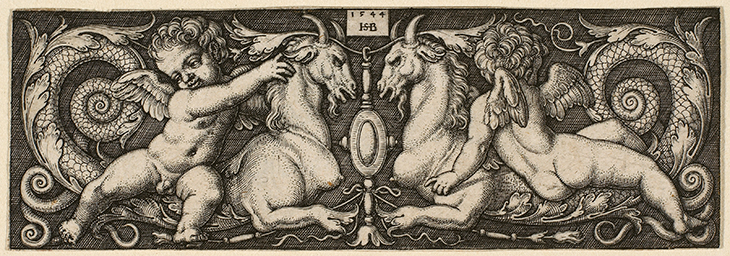
Ornament with Two Genii Riding on Two Chimeras (1544), Hans Sebald Beham. Photo: National Gallery of Canada, Ottawa
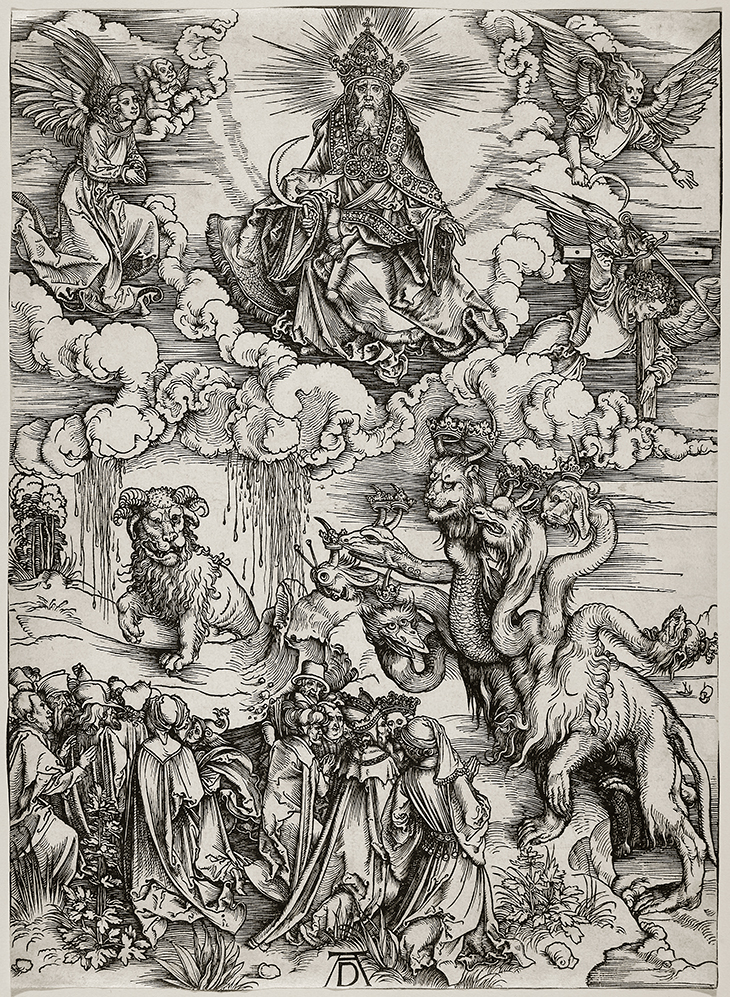
The Beast with Lamb’s Horns (c. 1496–97), Albrecht Dürer. Photo: National Gallery of Canada, Ottawa
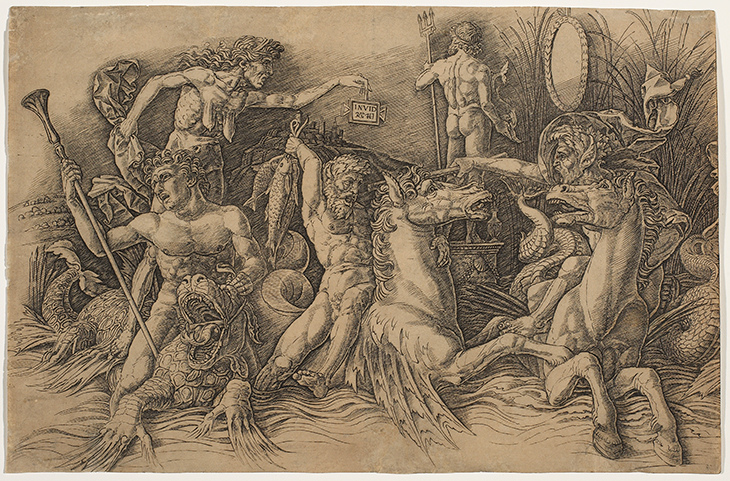
The Battle of the Sea Gods (c. 1485–88), Andrea Mantegna. Photo: National Gallery of Canada, Ottawa
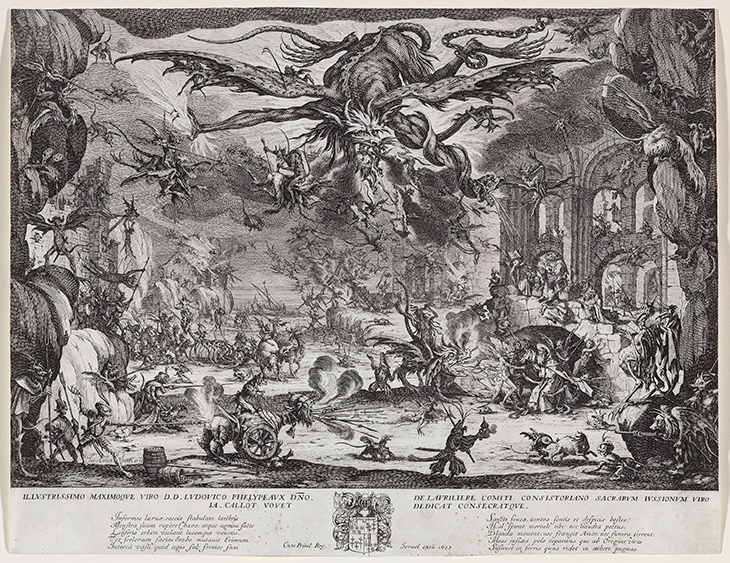
The Temptation of Saint Anthony (second version) (1635), Jacques Callot. Photo: National Gallery of Canada, Ottawa
Unlimited access from just $16 every 3 months
Subscribe to get unlimited and exclusive access to the top art stories, interviews and exhibition reviews.


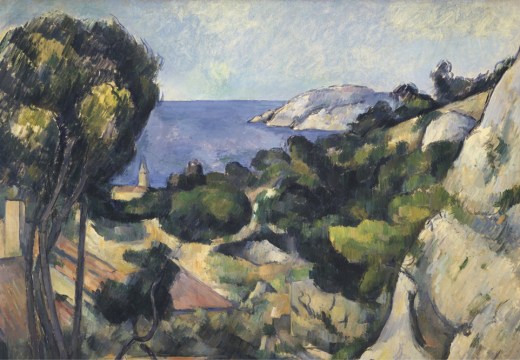
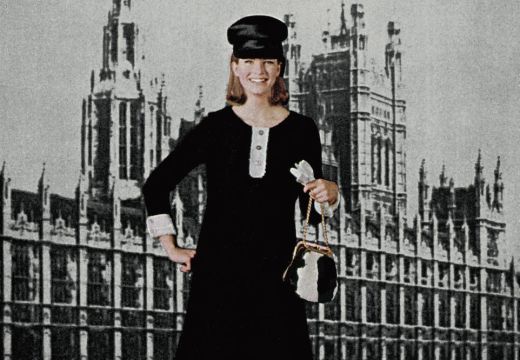



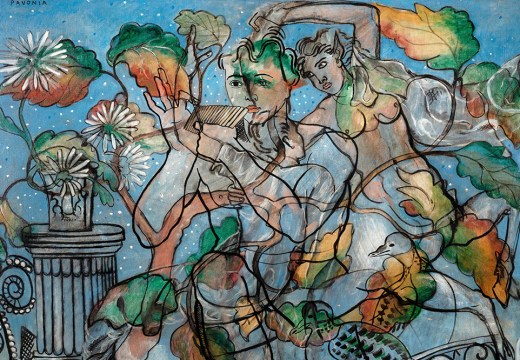






![Masterpiece [Re]discovery 2022. Photo: Ben Fisher Photography, courtesy of Masterpiece London](http://www.apollo-magazine.com/wp-content/uploads/2022/07/MPL2022_4263.jpg)
What Frank Stella saw – and what he made us see